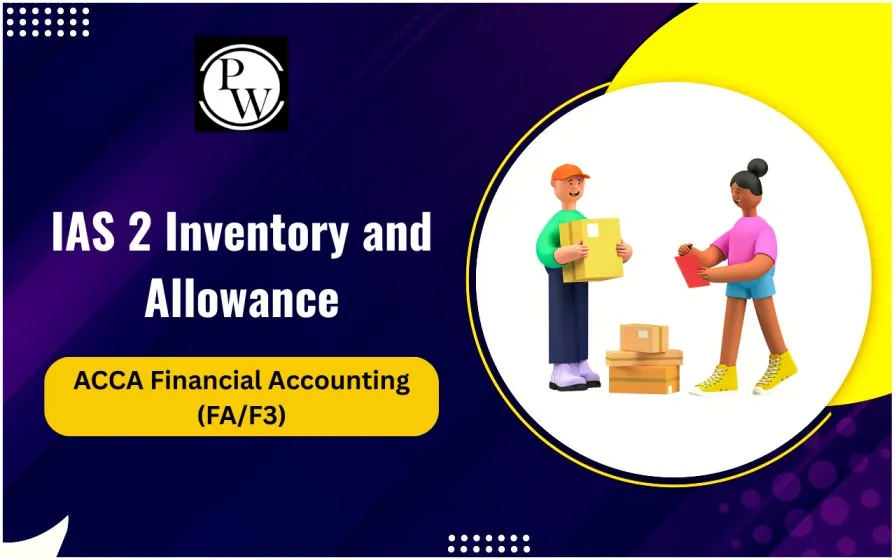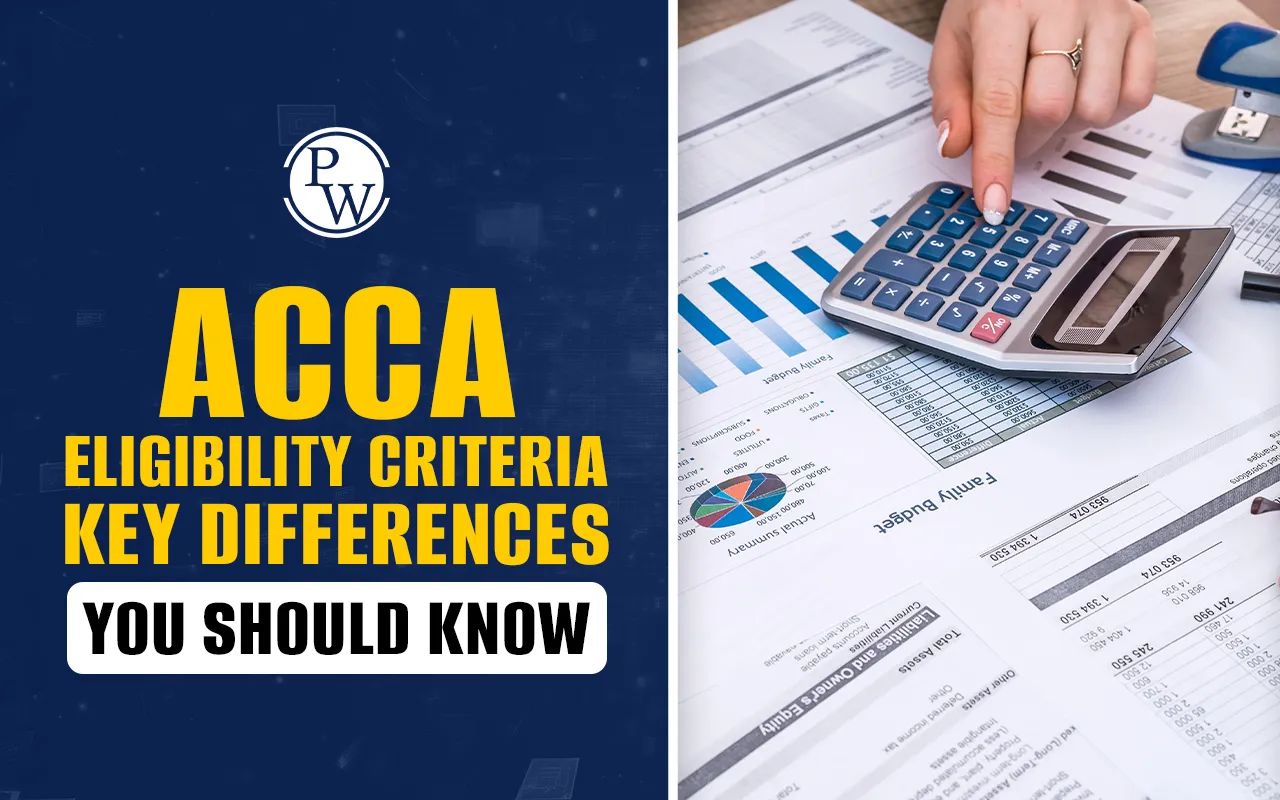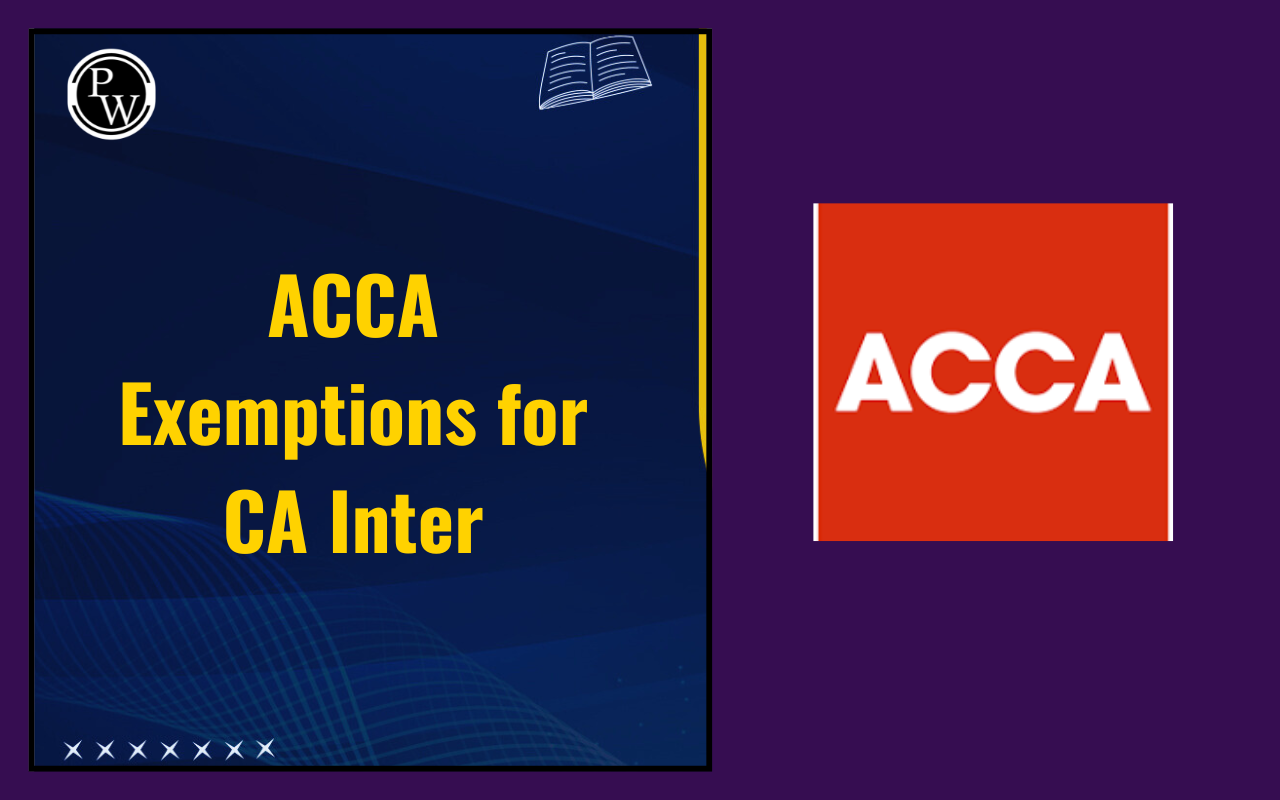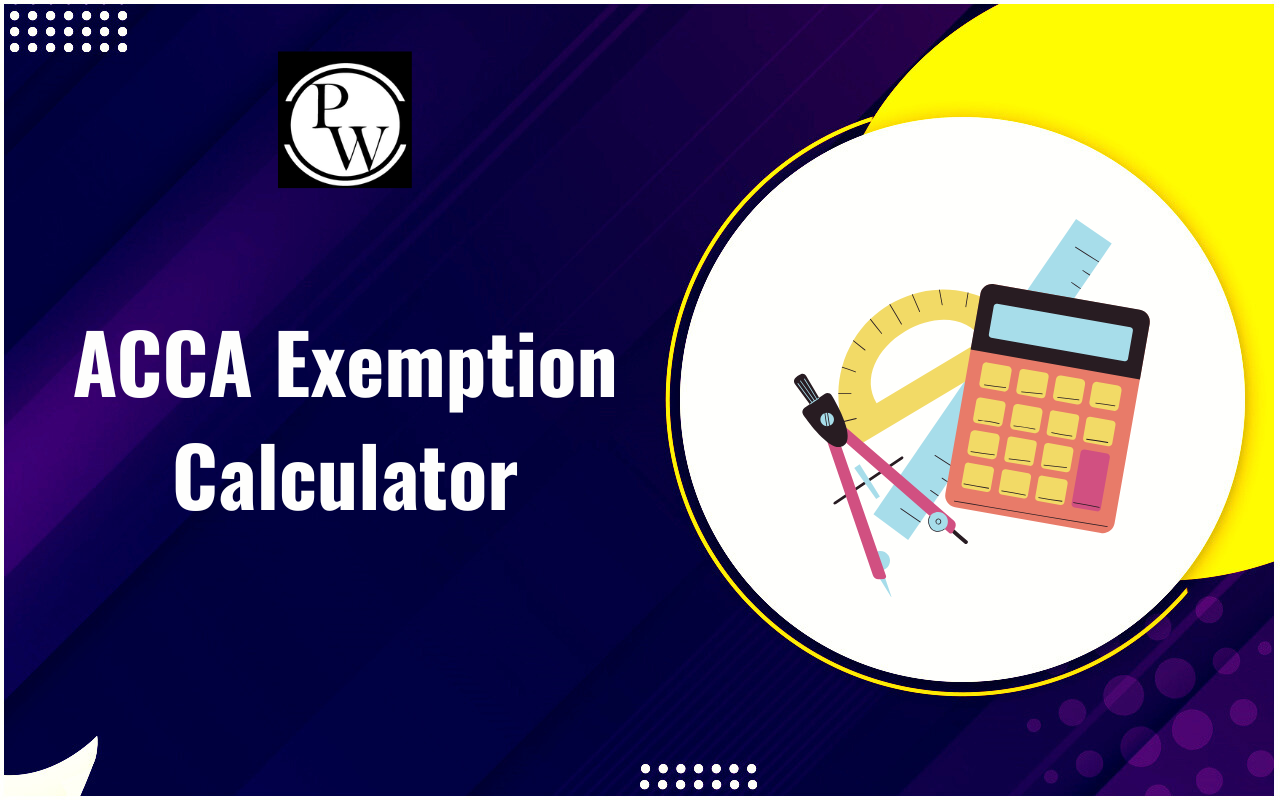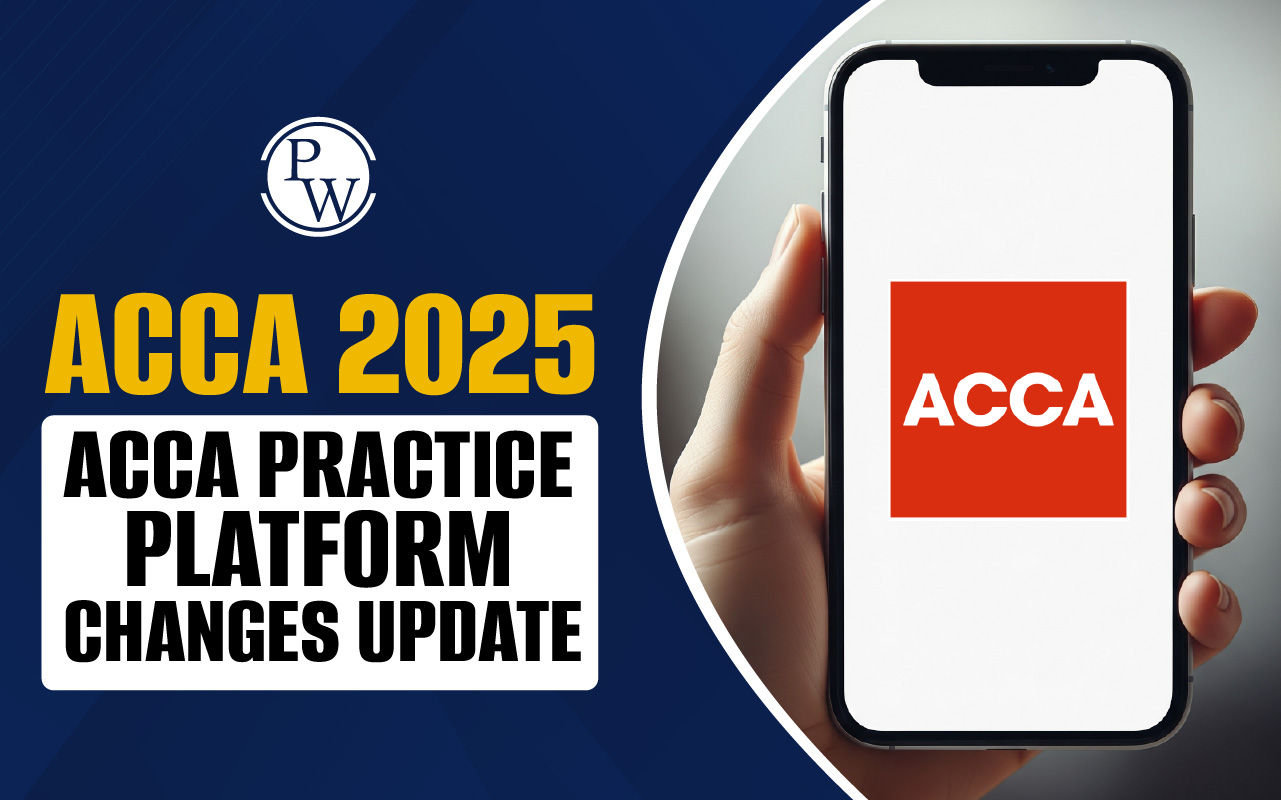
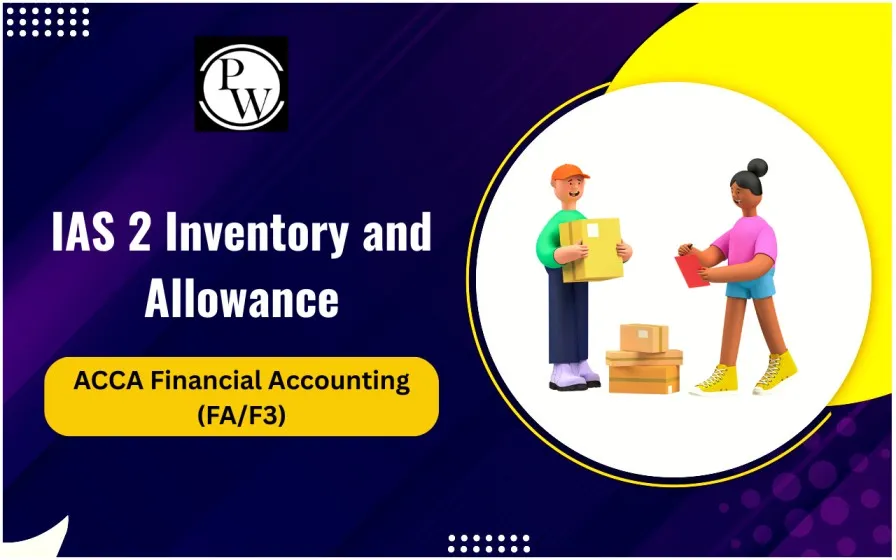
IAS 2 Inventory is an important part of accounting for any business. It affects both the profit and the financial position of a company. Understanding IAS 2 inventory is very important for students preparing for ACCA Financial Accounting (FA/F3). This standard helps to record, value, and report inventory properly. It also ensures that the financial statements show the real profit and assets of a company. Below, we will discuss IAS 2 inventory, its valuation, costs included, allowance for obsolete stock, and inventory systems.
Definition of Inventory under IAS 2
Inventory refers to assets held for sale in the ordinary course of business. It also includes items that are in the process of production and materials used for production. There are three main categories of inventory under IAS 2:
-
Finished Goods: The finished goods are the items that are ready for sale. These goods have completed their entire processing and can be given in the market.
-
Work-in-Progress (WIP): The work-in-progress items are also referred to as WIP. These goods are partially completed products still in production.
-
Raw Materials: Under the third category fall raw materials. These materials are to be used in the production of goods.
For example, in a juice manufacturing business, mangoes are raw materials, partially processed mango slices are work-in-progress, and bottled mango juice is finished goods. This simple example helps students visualize the definition of inventory IAS 2.
IAS 2 Costs included in Inventory
Understanding IAS 2 costs included in inventory is important to correctly value inventory. Below, we’ve mentioned the costs that are included and excluded in inventory valuation:
| IAS 2 Costs included in Inventory | |
| Costs Included in Inventory | Explanation |
| Purchase Price | Amount paid to buy raw materials or goods. |
| Conversion Costs | Labor, utilities, and production overheads are used to make products. |
| Other Costs | Costs necessary to bring the inventory to its present condition and location. |
IAS 2 Costs Excluded from Inventory
Below, we’ve mentioned the costs that are excluded in inventory valuation to understand the IAS 2 costs excluded from inventory:
| IAS 2 Costs Excluded from Inventory | |
| Costs Excluded from Inventory | Explanation |
| Selling Expenses | Commission, marketing, or advertising costs. |
| Administrative Expenses | General office or management costs not related to production. |
| Abnormal Losses | Damaged goods beyond normal wastage. |
| Storage Costs | Unless essential for production (e.g., aging cheese or wine). |
Valuation of Inventory under IAS 2
Valuation of inventory IAS 2 is done at the lower of cost and net realizable value (NRV).
- Cost includes purchase price, conversion costs, and necessary expenses to bring inventory to salable condition.
- NRV is the estimated selling price minus the costs needed to complete and sell the inventory.
Also check: IAS 37 PROVISIONS
For example, if a batch of apples is damaged or may spoil, the NRV may be lower than the cost. In this case, inventory should be written down to NRV. This practice follows the prudence principle in accounting: do not overstate profit.
How inventory is valued according to IAS 2 must be done on an item-by-item basis. Valuing inventory in total can lead to errors. Accurate valuation ensures that the profit and assets reported in financial statements are correct.
Allowance for Obsolete Stock under IAS 2
Some inventory items may become obsolete due to changes in demand or technological advancements. Allowance for obsolete stock under IAS 2 is used to adjust the inventory value.
For example, old computer parts may not be sold at their original cost. A company creates an allowance for obsolete stock and reduces the inventory value to its NRV. This ensures that inventory is not overstated. Students should remember that how inventory is valued according to IAS 2 includes adjustments for obsolete stock.
Inventory Costing Methods under IAS 2
Inventory costing methods under IAS 2 are used to calculate the cost of inventory and cost of goods sold. Below, we’ve mentioned the main methods and their key points:
| Inventory Costs Methods under IAS 2 | ||
| Method | Explanation | Example/Use |
| FIFO (First-In, First-Out) | Assumes the oldest inventory is sold first. The remaining inventory consists of the most recent purchases. | Suitable for businesses with perishable goods like fruits or dairy. |
| Weighted Average Cost | Calculates an average cost for all units available, periodically or continuously. | Used when inventory items are similar and indistinguishable, e.g., grains or fuel. |
| Specific Identification | Tracks the cost for each item individually. | Used for unique or high-value items like diamonds or machinery. |
| LIFO (Last-In, First-Out) | Not allowed under IAS 2 inventory. | Can distort profit and inventory value, especially in rising price conditions. |
Periodic vs Perpetual Inventory Systems
Inventory systems under IAS 2 help record inventory movements accurately. Below, we’ve mentioned the two systems:
| Periodic vs Perpetual Inventory Systems | ||
| Feature | Periodic System | Perpetual System |
| Recording Frequency | Inventory updated at fixed intervals (e.g., monthly, quarterly) | Inventory is updated continuously after each purchase or sale |
| Accuracy | Less accurate | More accurate |
| Complexity | Simple, easier to maintain | Requires advanced software and technology |
| Stock Verification | Physical stock-taking at intervals is necessary | Physical stock-taking recommended for verification |
| Suitable For | Small businesses or simple operations | Large businesses with frequent transactions |
| Cost of Implementation | Lower | Higher |
Importance of Inventory Valuation for ACCA FA/F3
Valuing inventory properly is crucial for exam preparation and practical accounting. IAS 2 Inventory affects both profit and financial position. Below, we’ve mentioned the key points:
-
Impact on Profit & Loss: Higher closing inventory reduces COGS and increases gross profit. Lower closing inventory increases COGS and reduces profit.
-
Impact on Balance Sheet: Inventory is reported as a current asset. Incorrect valuation misrepresents the company’s financial position.
-
Compliance with Accounting Standards: Valuation of inventory IAS 2, ensures financial statements are reliable. They make sure that each inventory aligns with the accounting standards.
-
Exam Preparation: Understanding how inventory is valued according to IAS 2 helps students solve practical questions accurately.
-
Allowance for Obsolete Stock: Adjusting inventory for obsolete items prevents overstating profit.
Check also: IAS 16 PROPERTY
IAS 2 Inventory is an important accounting standard that explains how businesses should account for stock, which includes goods bought or made for sale. It defines what counts as inventory, which costs can be included, and how to value it.
Inventory must be recorded at the lower of cost or net realisable value (NRV), meaning either the price paid or what it can sell for, whichever is lower. Old or damaged stock must be reduced in value to keep reports accurate. IAS 2 also covers methods like FIFO, Weighted Average, and Specific Identification. For ACCA FA/F3 students, understanding IAS 2 is essential.
IAS 2 Inventory FAQs
What are the three categories of inventory under IAS 2?
How is inventory valued according to IAS 2?
What costs are included and excluded in inventory under IAS 2?
Why is allowance for obsolete stock needed?

